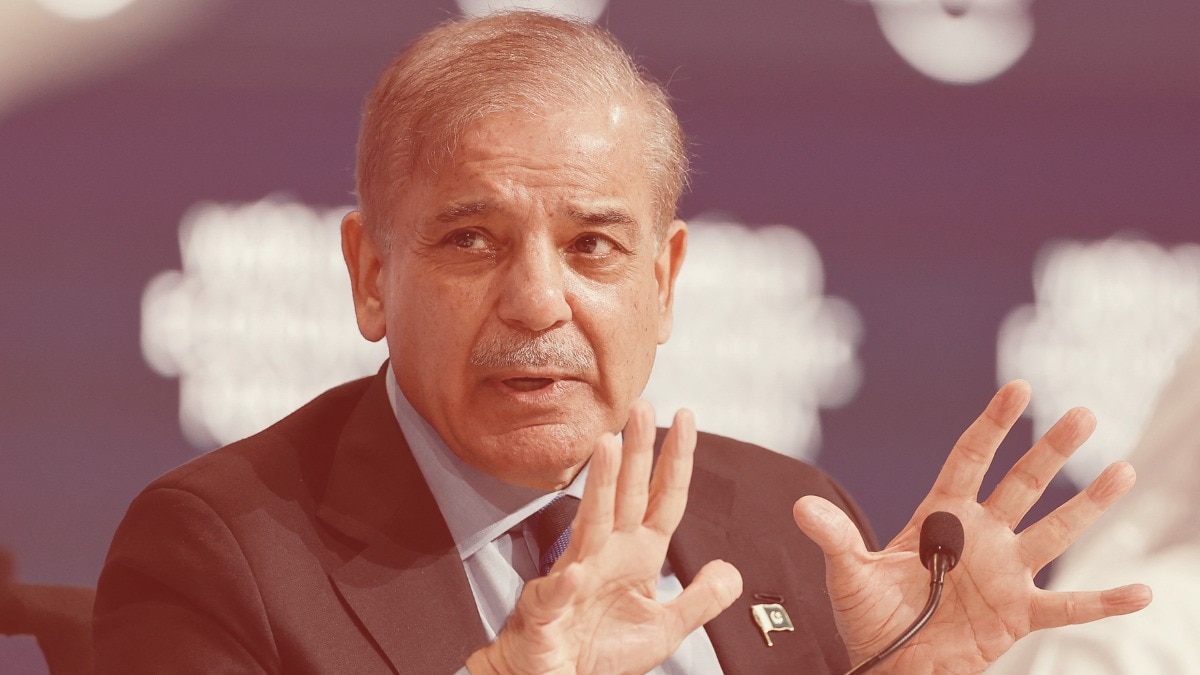Highlights
Financial Crisis: The Impact of Education Loans on Young Graduates
A young man secured a ₹40 lakh loan to pursue a Master’s degree in the U.S., aiming for a high-paying job after graduation. However, he returned to India after a year of job hunting and settled for a position earning ₹75,000 per month.
With an EMI of ₹66,000, this individual finds nearly 88% of his income disappearing, leaving him with just ₹9,000 for living expenses. Pramesh Khanna, a fintech founder based in Bengaluru, shared this narrative on LinkedIn, describing it as “a financial crisis—where income is too low to cover debt and living costs, leading to stress and risks like loan default.”
Understanding the Education Loan Crisis
Khanna elaborated that this scenario emphasizes the significant disconnect between the rising costs of education and the actual outcomes in the job market. He noted that when a substantial part of one’s salary goes towards EMIs, individuals might need to take on further debt just to manage daily expenses.
He pointed out that costly international degrees are failing to guarantee high-paying employment, especially with current visa limitations, market saturation, and a sluggish global economy. The repercussions extend beyond financial issues; they often include chronic stress, anxiety, and strained relationships. Additionally, defaulting on loans can severely impact credit scores for years, affecting any co-signers as well.
Advice for Handling Education Loans
Khanna emphasized the importance of exercising caution before committing to extensive loans. It’s critical to conduct a thorough return on investment analysis, taking into account realistic salary expectations both domestically and internationally. He proposed exploring more affordable, high-return alternatives like European public universities or prestigious Indian institutions such as the IITs and IIMs.
He pointed out that ideally, an EMI of ₹66,000 should represent only 30–40% of post-education income, suggesting that graduates should aim for a minimum monthly salary of ₹1.65 lakh. Additionally, he encouraged having a financial safety net covering 6–12 months of living expenses or establishing supplementary income streams beforehand.
Strategies for Managing Debt
To navigate or avoid such financial crises, Khanna proposed various strategies. He recommended renegotiating loan terms to extend the tenure, which could reduce monthly EMI payments. For example, restructuring a ₹40 lakh loan at 10% over a 15-year span could reduce the EMI from ₹52,900 to ₹43,000.
He also highlighted the benefits of increasing income through freelancing in areas such as technology, marketing, or consulting, potentially adding ₹20,000–₹30,000 to monthly earnings.
Reducing Living Costs and Enhancing Skills
To lessen living expenses, Khanna advised relocating to more affordable cities, sharing accommodation, and utilising public transport. Students currently enrolled in programs should seek merit-based scholarships or grants. Upskilling in trending fields like AI or data science can provide better job prospects.
Where applicable, receiving support from family can help bridge the financial gap. Furthermore, Khanna stressed developing alternative skills that could lead to non-traditional job opportunities or side ventures.
The Bigger Picture of Education Loans
Expanding the perspective, Khanna noted that India’s education loan non-performing assets (NPAs) increased by 11.4% in 2023, indicating a growing struggle amongst students with repayments. The total outstanding education loan debt in India stands at ₹1.2 lakh crore, whereas the U.S. faces a staggering $1.7 trillion student debt crisis, showcasing the systemic nature of this issue.
Khanna shared that this narrative serves as a cautionary tale, stating that education loans can either be a key to success or transform into a lifelong financial burden if entered into without proper planning.







